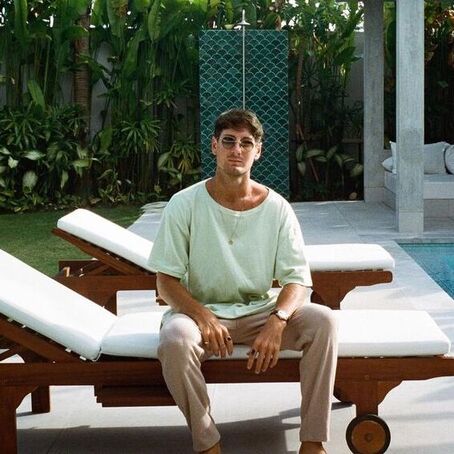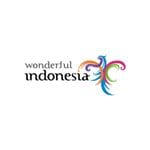The island of Bangka can now boast of a new attraction. On 15th August 2017, the Bangka Cual Museum opened its doors to the public revealing the wonderful special woven-textiles specific to the island. Called Cual, the textile is very close to the "Songket" weave of Palembang" but differs in its motifs, color and materials used. Officially opened by Bangka-Belitung Governor, Erzaldi Rosman, the Museum is situated at Jalan Jenderal A.Yani in the city of Pangkalpinang. Governor Rosman highly appreciated the construction of the Museum by Isnawati Ishadi, since it relates to an important part of Bangka's cultural history, and will surely become a major tourist attraction.
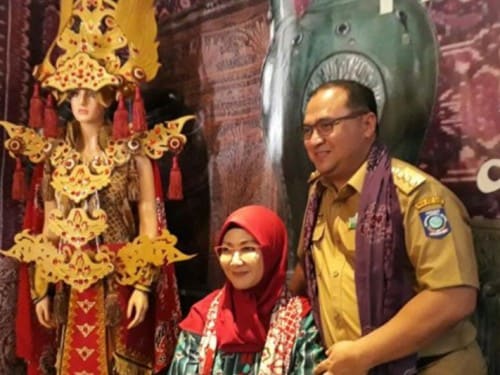
Photo source: www.bangka.tribunnews.com
Bangka island lies off the east coast of Central Sumatra, and is part of the Bangka-Belitung province. Bangka and Belitung are at present gaining popularity because of their beautiful beaches. Bangka used to be Indonesia's main producer of tin, but has now been closed down due to falling world demand.
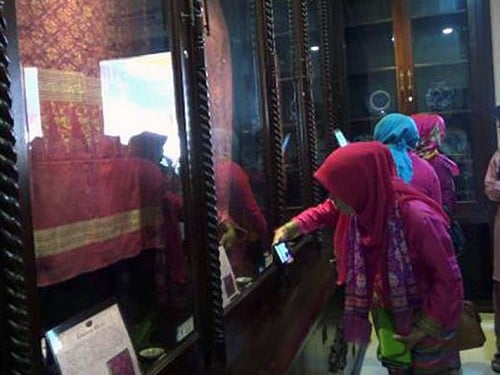
Photo source: www.travel.kompas.com
Cual Bangka has bright colors favored by the Malays. And, if Songket takes mainly flowers as its main motif, the Cual displays both flowers and animals such as ducks, jellyfish, deer, peacocks and more. While materials used in creating this excellent cloth may be made of silk, wood bark to the more modern cottons and polyester. The most expensive ones even use 18 carats gold thread.

Photo source: www.eljohnnews.com
According to history, Cual or otherwise known as Limar Muntok was first developed in the town of Muntok in the early 19th century, initiated by the great grandfather of present founder of the Cual Ishadi museum.

Photo source: www.travel.kompas.com
The Cual cloths are usually woven by women during their spare time. And because of their beauty, value, price and intricacy in its making, Cual cloths was used chiefly by the aristocracy, or at weddings and during special ceremonies.
In the Cual Museum, the public will be able to follow the complicated process of dyeing to weaving a completed cloth, while on display are a number of now rare Cual cloths made over a century old.
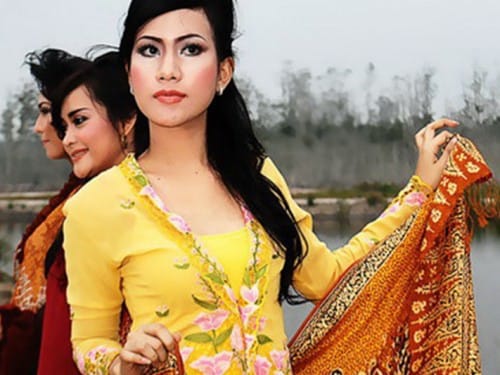
Photo source: www.batikazizah.com
The three outstanding displays are the one with the motif called Naga Bertarung (fighting dragons), Kembang Kecubung (Datura metel flower or popularly known as devil's trumpet) and the Kembang China (rosy periwinkle), all three are motifs that have been inscribed as intangible cultural heritage by the Government.
"The Cual weave is already wellknown to collectors around the world because it is fine and soft to the touch and its harmony balancing the gold or silver thread embroidery, the ikat weave and motifs. These motifs seem to jump out at the onlooker when seen from afar" said Bangka historian, Akhmad Elvian in a press conference on 15 August.

Photo source: www.tokobangka.wordpress.com
The Fighting Dragons motif, which is distinctly done in red, has also become the icon of the Cual Museum. Because of the difficulty and meticulous work demanded to create this cloth, producing one piece may take over 2 months.
Although started in Muntok on West Bangka, today there are some 40 studios producing this material on Bangka Island and are sold to connoisseurs in Holland, Canada and Hongkong.
Today, Bangka has expanded its airport and expects soon to become an international airport.
(Source: kompas.com)
Photo source of header banner: www.validnews.co
